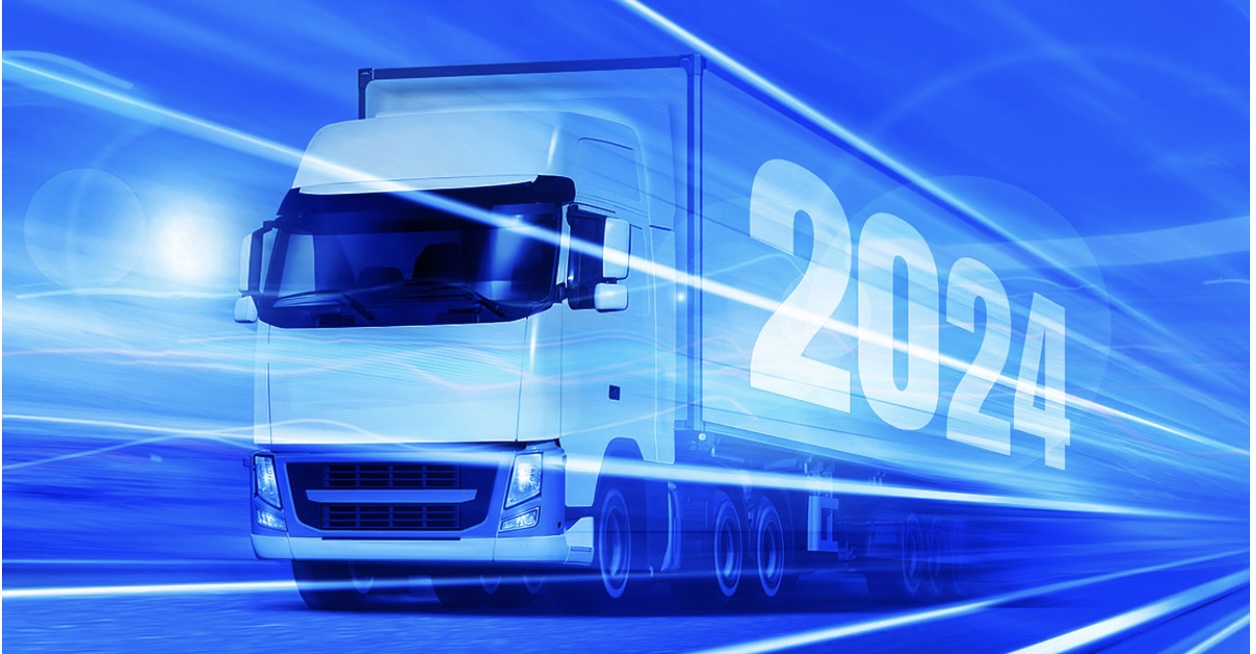
The trucking industry is going through a significant transformation because of the technological breakthroughs and changing demands of the consumer.
This industry is the bloodline of every economy, as it moves goods from coast to coast, delivering everything from groceries to construction materials.
To stay ahead in an ever-changing landscape, the transportation and logistics industry needs to stay up to date with the latest trends and innovations. Here are some of the key trends shaping the future of the trucking industry.
Key Trucking Industry Trends in 2024
Embracing Sustainability: Green Innovations in Trucking
In the age of climate change and environmental awareness, the impact of transportation on our planet can not be ignored. Still, with the collective effort to embrace sustainability and adopt eco-friendly practices, the trucking industry can play a vital role in shaping a greener future.
Reducing greenhouse gas emissions and minimizing our carbon footprint has become more pressing than ever. Trucking companies have a unique opportunity to make a significant impact in the battle against climate change. By implementing eco-friendly practices, such as optimizing fuel efficiency and reducing emissions, they can help create a cleaner and more sustainable future.
Trucking companies are increasingly adopting alternative fuels as one of the most significant advancements in green trucking. They are using cleaner energy sources like natural gas, electricity, and hydrogen to power their fleets.
This transition not only reduces emissions but also offers cost-saving benefits and greater energy security. By using alternative fuels, trucking companies can contribute to a substantial reduction in carbon emissions and help mitigate air pollution.
Technological Advancements: The Rise of Autonomous Vehicles
Over the past few years, the automotive industry has witnessed a significant shift towards autonomous vehicles. These self-driving cars once considered a futuristic concept, are now becoming a reality.
Thanks to recent technological advancements autonomous trucks and vehicles have the potential to revolutionize transportation and change the way we travel and move goods.
Major automotive companies, tech giants, and startups are investing heavily in research and development to bring self-driving cars to the market. According to a report by Allied Market Research, the global autonomous vehicle market is projected to reach a staggering $556 billion by 2026, growing at a CAGR of 39.5% from 2019 to 2026.
One of the key advantages of autonomous vehicles and trucks is their potential to reduce accidents caused by human error significantly. According to the National Highway Traffic Safety Administration (NHTSA), 94% of accidents are due to human error. Self-driving cars, equipped with advanced sensors and artificial intelligence, can react faster and make more accurate decisions, potentially saving thousands of lives.
With the potential to optimize traffic flow, reduce congestion, and improve fuel efficiency, autonomous vehicles can coordinate their movements by communicating with each other and traffic infrastructure. This capability allows self-driving cars to contribute to smoother traffic patterns and reduced travel times.
Real-time Statistics:
– As of 2021, there are over 60 companies worldwide actively testing autonomous vehicles on public roads, including Waymo, Tesla, and Uber.
– According to the International Energy Agency (IEA), by 2040, it is estimated that 33% of all vehicles on the road will be autonomous.
– In a survey conducted by Deloitte, 74% of respondents expressed concerns about the safety of autonomous vehicles, while 68% were worried about the potential for hacking and cyber threats.
Digital Transformation: How Big Data and IoT Are Reshaping Trucking
The two key technologies at the forefront of revolutionizing the industry are big data and the Internet of Things (IoT). These innovations are fundamentally reshaping the way the trucking sector operates, providing unprecedented opportunities for optimization and efficiency.
Big Data plays a pivotal role by processing and analyzing vast amounts of information generated throughout the supply chain. From route planning and fuel consumption to vehicle maintenance and delivery schedules, Big Data empowers trucking companies to make data-driven decisions, leading to cost savings and improved operational performance.
Meanwhile, the integration of IoT devices in trucks enables real-time tracking and monitoring of various parameters. Sensors installed in vehicles collect valuable data on fuel efficiency, engine health, and cargo conditions. This constant stream of information not only enhances safety and security but also allows for proactive maintenance, reducing downtime and preventing costly breakdowns.
The synergy between Big Data and IoT is transforming the trucking landscape by providing a comprehensive view of operations. This integration facilitates predictive analytics, allowing companies to anticipate issues before they arise, optimize routes, and streamline logistics.
Leading the charge in data analytics and data-driven insights is Wahyd Logistics, at the forefront of this data revolution. We leverage a wealth of data through our cutting-edge analytics systems to provide our clients with unparalleled visibility and efficiency in their operations. Ensuring that we stay ahead of industry trends and deliver top-notch service is our commitment to harnessing data for the benefit of our clients.
The marriage of Big Data and IoT not only enhances operational efficiency but also paves the way for a more sustainable and connected future for the trucking industry.
Efficiency and Safety: The Impact of Advanced Fleet Management Systems
Advanced fleet management systems are playing a crucial role in transforming the efficiency and safety standards within the transportation industry. These sophisticated technologies integrate various tools and applications to streamline operations, enhance decision-making processes, and promote a safer environment for both drivers and vehicles.
Efficiency gains are a notable benefit of advanced fleet management systems. Through real-time tracking and monitoring capabilities, these systems provide a comprehensive overview of fleet activities, enabling optimized route planning, fuel management, and vehicle maintenance scheduling. This not only reduces operational costs but also enhances overall fleet productivity.
Moreover, advanced fleet management systems contribute significantly to safety improvements. They incorporate features such as driver behavior monitoring, collision detection, and preventive maintenance alerts.
By analyzing data on driver performance and vehicle conditions, these systems help in identifying potential risks and promoting a proactive approach to safety measures.
The integration of telematics and communication technologies in fleet management systems further enhances safety and efficiency. Real-time communication between the central management system and individual vehicles allows for immediate response to emergencies, route adjustments, and timely updates.
This level of connectivity ensures that the fleet operates smoothly and adapts to changing conditions swiftly.
The Evolution of Last-Mile Delivery in the Trucking Sector
Last-mile delivery, the final leg of the supply chain where goods are transported from a distribution center to the end customer, has undergone significant changes in the trucking sector over the years. These changes have been driven by advancements in technology, changing consumer expectations, and the need for more efficient and sustainable delivery methods.
In the past, last-mile delivery was primarily done using traditional delivery trucks, vans, or even bicycles. These methods were often slow and inefficient, leading to longer delivery times and higher costs.
The rise of e-commerce has significantly impacted last-mile delivery. With the increasing popularity of online shopping, there has been a surge in demand for faster and more convenient delivery options.
This has put pressure on trucking companies to find innovative solutions to meet customer expectations. On-demand delivery services, such as Uber and Lyft, have disrupted the last-mile delivery landscape. These platforms connect customers directly with drivers who can deliver goods quickly and efficiently. This model has gained popularity, especially for smaller items and food delivery.
With the rise of e-commerce, customers now expect faster delivery times. Trucking companies have responded by offering same-day and next-day delivery options which require investments in technology and infrastructure to ensure efficient routing and scheduling.
The use of delivery drones for last-mile delivery is an emerging trend in the trucking sector. Drones offer the potential for faster and more cost-effective delivery, especially in urban areas. However, regulatory and logistical challenges still need to be addressed before widespread adoption can occur.
The push for more sustainable and efficient delivery methods has led to the development of electric and autonomous vehicles for last-mile delivery. Electric vehicles reduce emissions and operating costs, while autonomous vehicles have the potential to improve safety and efficiency. These technologies are still in the early stages of adoption but hold promise for the future of last-mile delivery.
To improve efficiency and reduce delivery times, some trucking companies are utilizing micro-fulfillment centers located closer to customers. These smaller warehouses allow for faster order processing and enable more efficient last-mile delivery.
Navigating Regulatory Changes and Their Impact on the Trucking Industry
The trucking industry is heavily regulated, and regulatory changes can have a significant impact on the industry as a whole. Navigating these changes requires a thorough understanding of the regulations and their implications.
It is crucial to stay up-to-date with the latest regulatory changes that affect the trucking industry. This can be done by regularly monitoring industry news, attending industry conferences and events, and joining industry associations that provide updates on regulatory changes.
Regularly review and update your company policies and procedures to align with the latest regulations. This may include changes related to driver safety, hours of service, environmental standards, and more.
Ensure that your employees are aware of and trained on the updated policies to maintain compliance. Leverage technology solutions to streamline compliance processes.
This may include implementing electronic logging devices (ELDs), route optimization software, and other technologies that help automate and monitor compliance.
Explore telematics solutions to track and manage vehicle performance, monitor driver behavior, and ensure adherence to regulatory requirements.
By proactively staying informed, assessing impacts, and implementing strategic measures, your trucking business can effectively navigate regulatory changes and maintain a competitive edge in the industry.
Conclusion
The trucking industry is poised for significant changes in the coming years. Advancements in technology, changes in regulations, and shifts in consumer behavior will all shape the future of the industry. Navigating these trends will require trucking companies to embrace new technologies, prioritize sustainability, adapt to regulatory changes, and meet evolving consumer demands. By doing so, they will be well-positioned to succeed in the rapidly changing landscape of the trucking industry in 2024 and beyond.
Ready to explore more about the future of trucking and how Wahyd Logistics is leading the way?
Visit our website to learn more or check out our other insightful blogs for valuable industry insights.

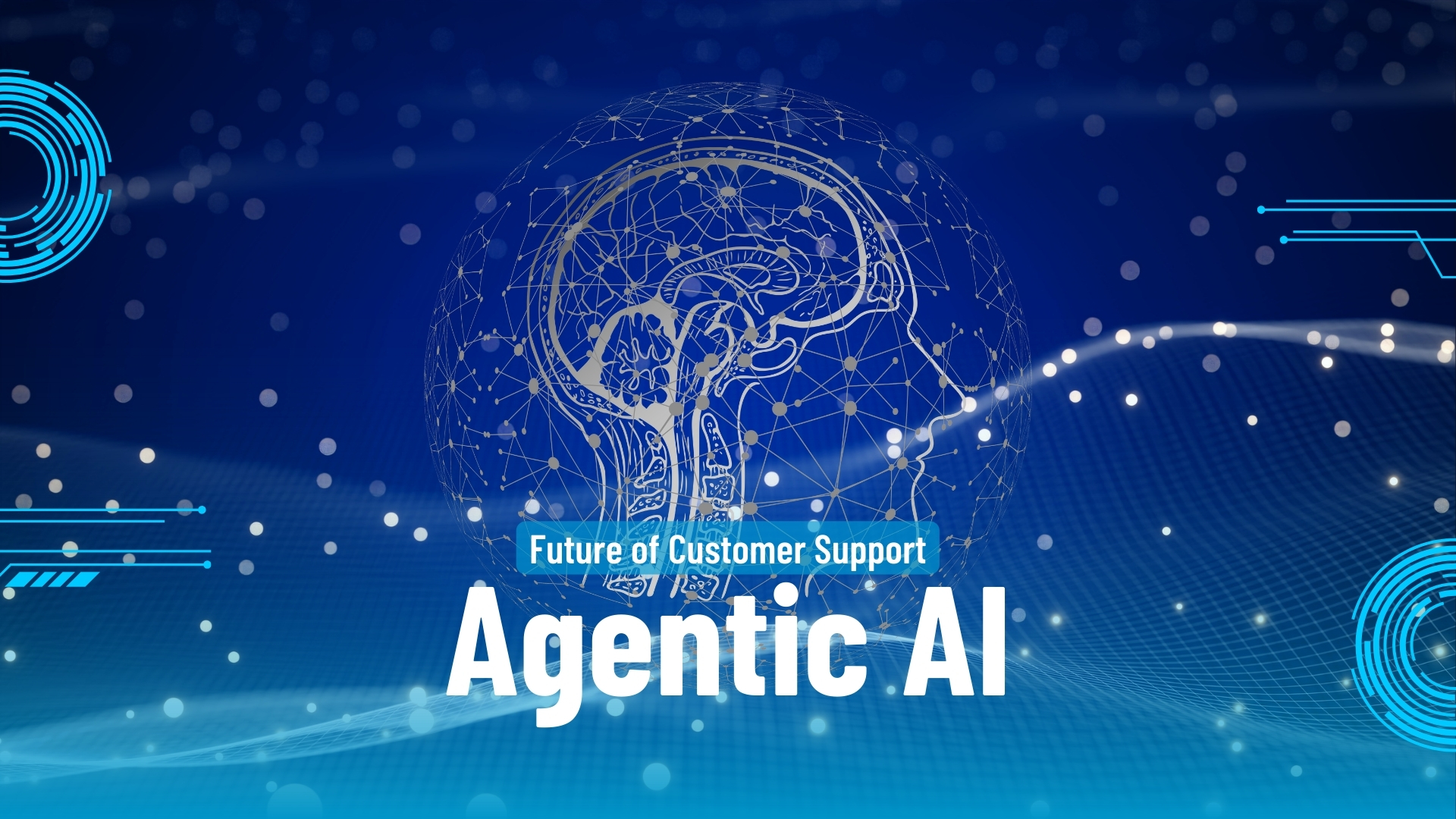
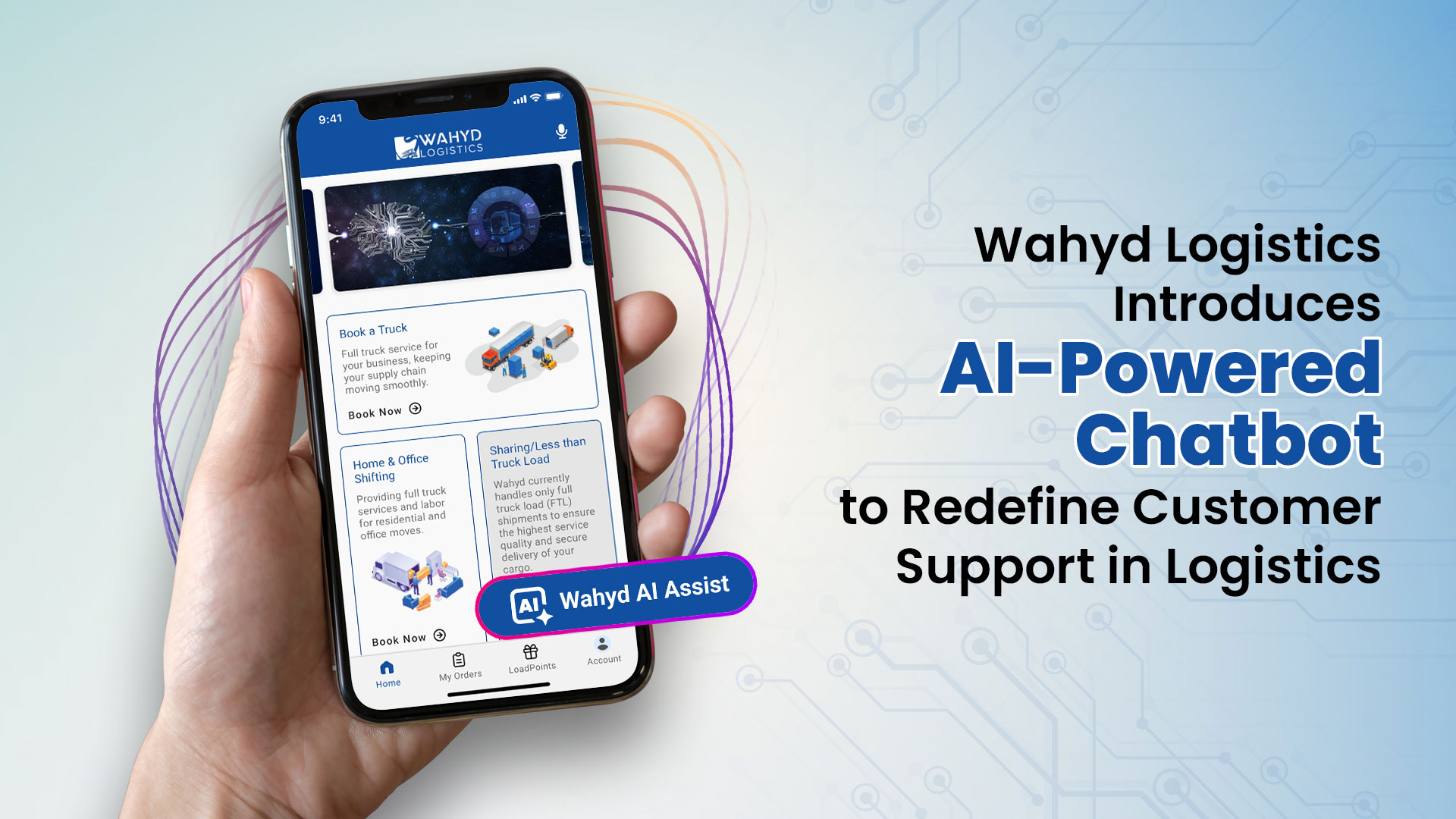
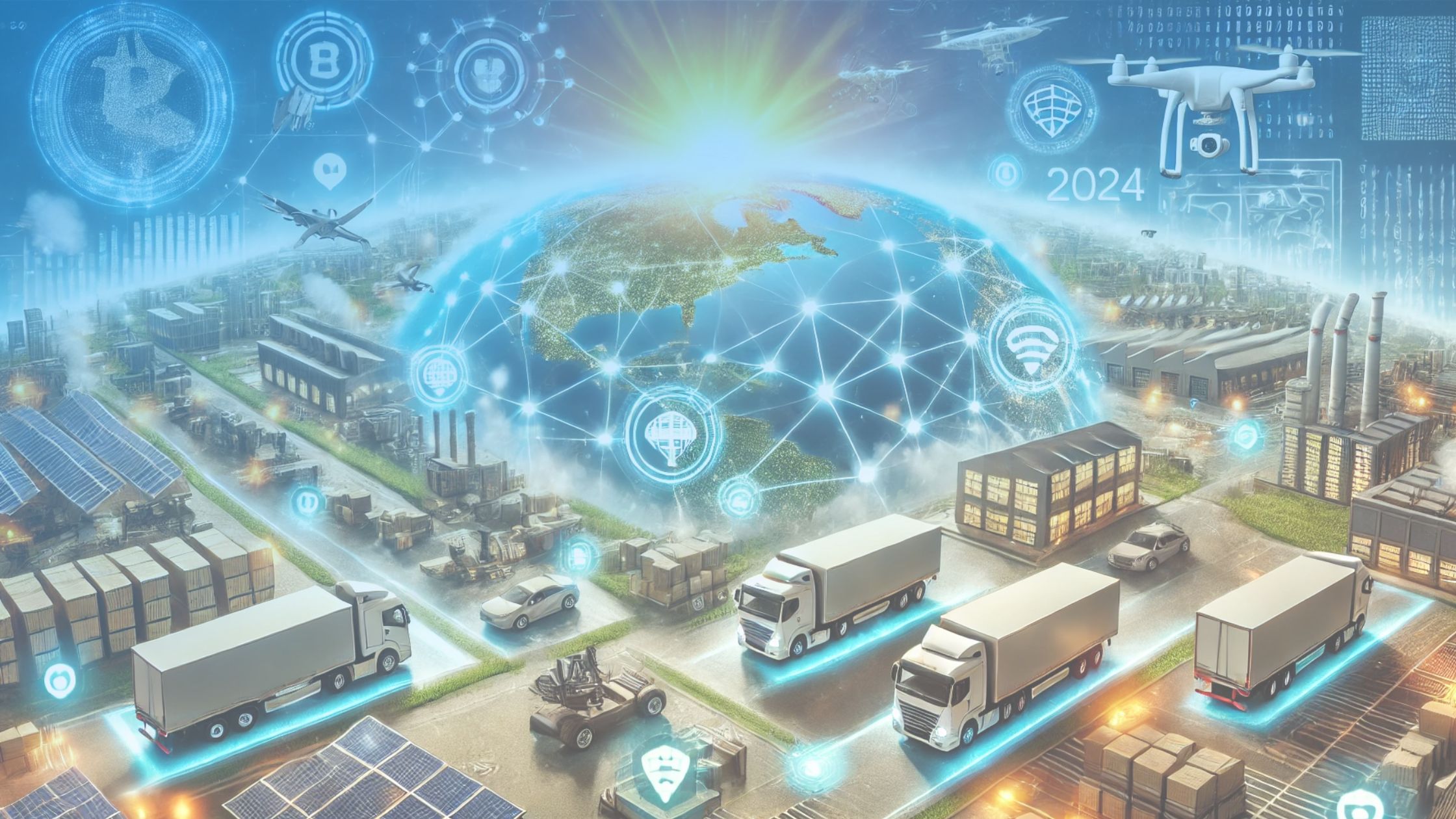

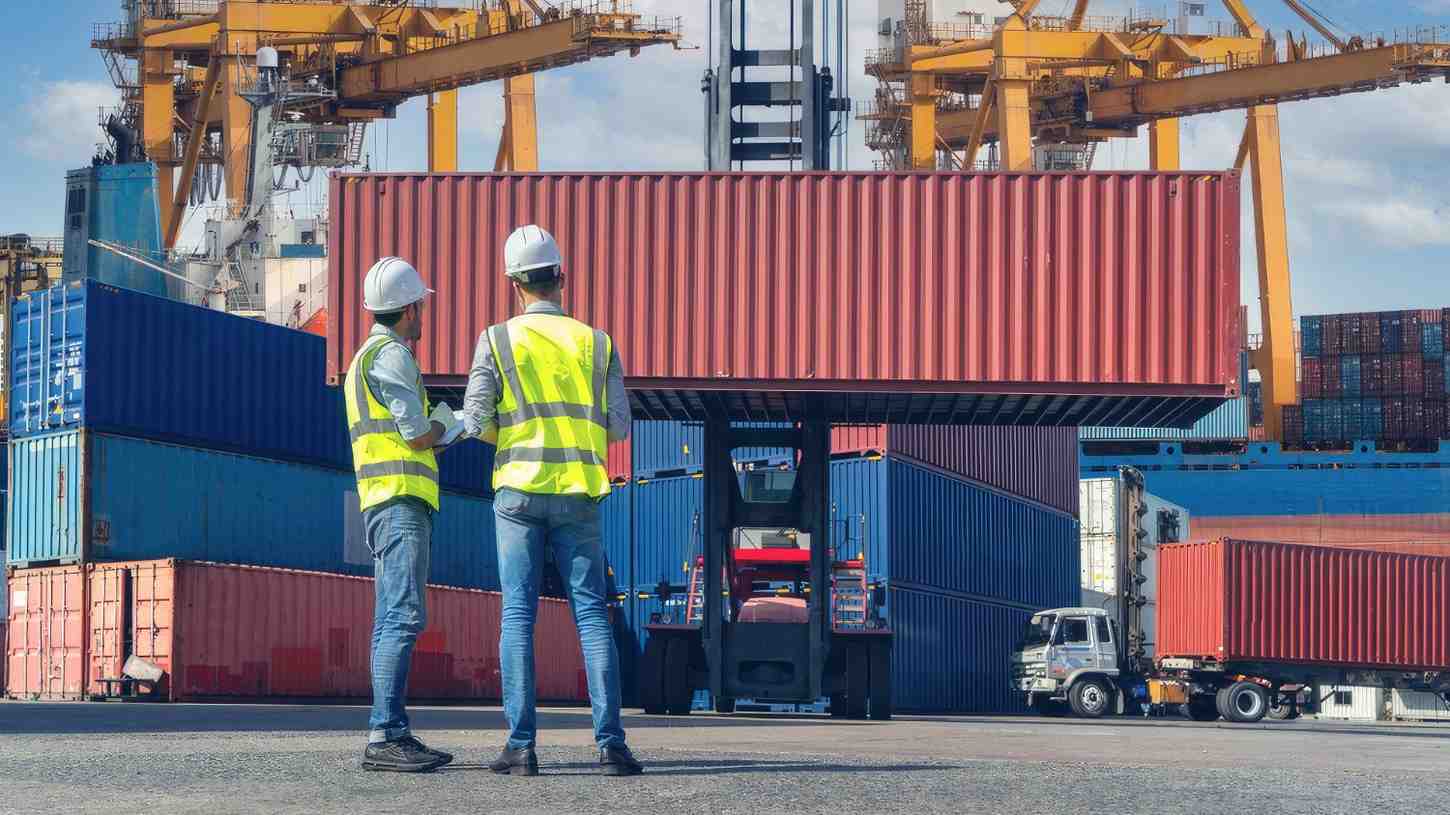

Very informative and insightful blog! Keep sharing more insights and the latest trends to help us in the logistics industry in 2024!